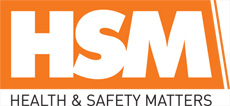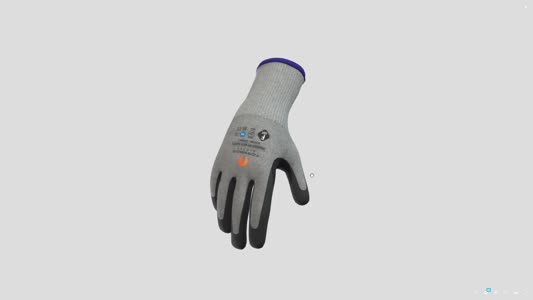
 |
Mark Sennett
Managing Editor |
 |
Kelly Rose
Editor |
| Home> | PPE | >Safety Footwear | >Metal midsoles in the spotlight |
| Home> | Managing Health & Safety | >Standards | >Metal midsoles in the spotlight |
Metal midsoles in the spotlight
05 July 2016
Despite PPE having the required EC type approval and CE mark, recent tests have indicated that some of the products you assume to be safe, may not be fit for purpose.

During an investigation conducted by Arco’s Product Assurance team, it was identified that 7 of the 14 products contained less than 0.2% of chromium. Carbon steel inserts containing low levels of chromium may pass an initial puncture resistance test, but are likely to corrode over time especially if the sole of the footwear has been penetrated. This can then pose significant risk to the wearer who would be unaware their midsoles are not longer compliant or fit for purpose.
To further complicate matters for buyers and end-users, the use of stainless steel midsoles in the construction of footwear is not immediately evident and purchasers are relying on the CE mark being accurate. Even though the manufacturer is responsible for compliance of its products, they do not always have the resources in place for regular testing. Additionally, less reputable manufacturers or importers can make changes to the product once CE certification has been gained for the products which will then affect the product’s performance
Nick McLaren, Arco’s Category Manager, Footwear, said: “Arco will always take the issue of safety very seriously and our investment in our own Product Assurance Laboratory is proof of this. We’ve been shocked by the results of our recent test on midsoles but we can assure our own customers that corrosion resistant stainless steel midsole inserts are used in the construction of all our own brand products. We’ve also discussed our findings with all the footwear brands in the Arco catalogue and have requested they confirm the composition of the midsoles used within their footwear. In recognition of our responsibilities as a market leader in safety footwear, we have informed our trade body, The British Safety Industry Federation (BSIF), of our findings and they will continue to work closely with the authorities in the surveillance of the market to ensure that non-compliant products are withdrawn swiftly.”
The BSIF has recently written to its members urging them to redouble their efforts in making sure that their suppliers can provide all the evidence required to guarantee the quality and performance of the products in their ranges. It also plans to re-launch the Registered Safety Supplier Scheme with new conditions requiring independent testing to ensure products sold still perform to the EN test clauses.
To ensure the safety of workers, customers can take the following steps:
• Ask your suppliers for a declaration of conformity that shows the original certification for the PPE you are purchasing.
• Ask your supplier to provide evidence that they only use stainless steel midsoles in all class 1 products.
• Ask your suppliers to define their process for sample testing to ensure safety products continue to meet the required standards.
• Ensure your suppliers are members of the BSIF Registered Safety Supplier Scheme.
• Ask your suppliers to define their process of quality assurance at the manufacturing facility to ensure the products are being manufactured as they were originally certified.
• Always buy from a trusted source.
Arco is continuing assurance testing across products in the market in an attempt to raise the standards of PPE in the UK. Remaining vigilant as an industry and ensuring suppliers of PPE follow rigorous processes and have ongoing testing in place will help protect workers.
























